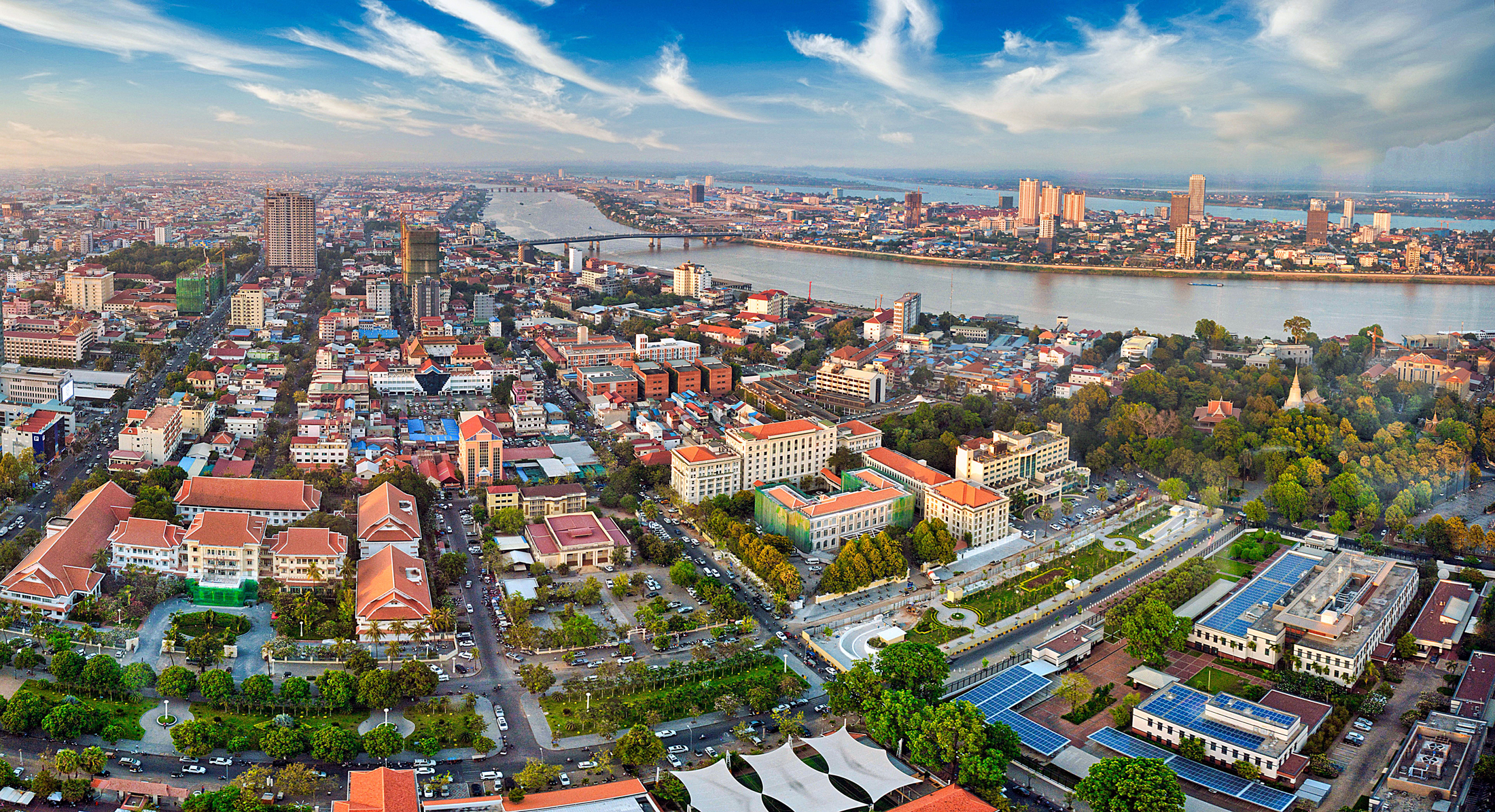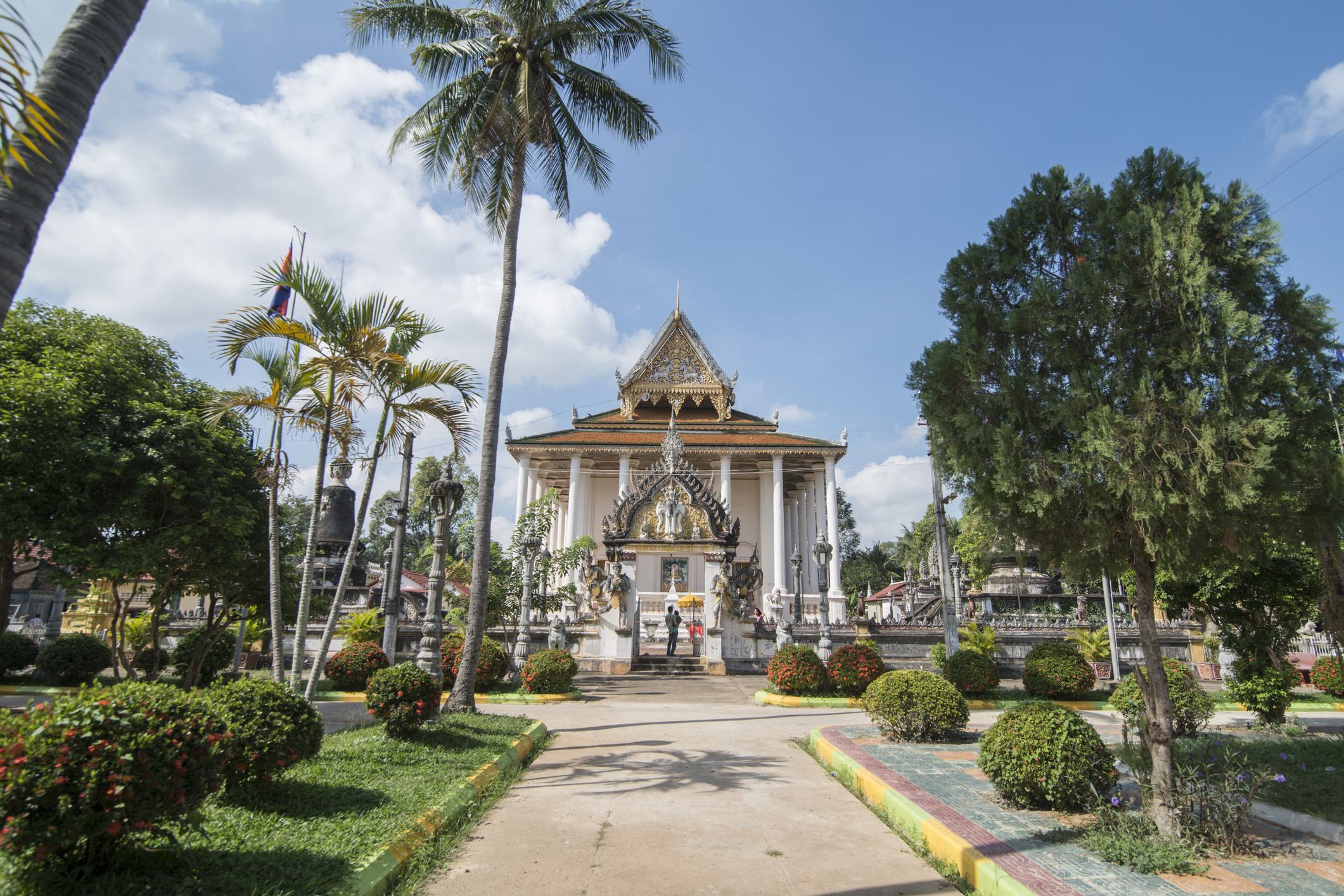
Phnom Penh
Phnom Penh may no longer be the “Pearl of the Orient”, but don’t judge a book by its cover: beneath this chaotic exterior is a city alive with energy, art, and youthful verve.
Sitting at the confluence of three great waterways, Cambodia’s capital was once considered to be the most beautiful city in Asia. Today, it has more concrete apartment blocks than French-colonial buildings, but beauty is only skin-deep, so they say — and that’s certainly true here. Phnom Penh has plenty of charm left for those who take the time to look.
Ever since the Khmer Rouge were driven out of the city in 1979, Phnom Penh has been fighting its way back to life with a defiant energy and no shortage of success. Today, what the city lacks in aesthetic charms it more than makes up with its infectious optimism and irrepressible forward motion, as social enterprises provide new opportunities, start-ups thrive, and new bars and restaurants pop up seemingly daily.
Without the iconic buildings or well-defined tourist areas of big cities like Bangkok or Hanoi, we’ve always found Phnom Penh particularly rewarding for off-piste exploration. Its backstreets are full of the to-ing and fro-ing of everyday life, its markets flog miniature Buddhas alongside motorbike parts, and its residential areas bring no end of unexpected encounters. It’s a place to hop between micro bars, and to eat nompang baguettes and deep-fried bananas on the banks of the Mekong. More than anything, it’s a place to make friends with the locals, who are endlessly open and engaging.


